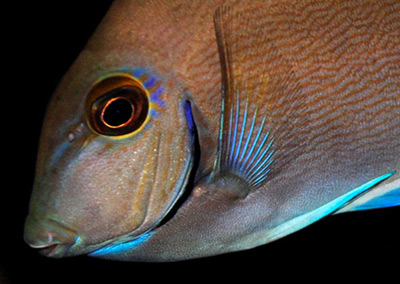When a fish in our care gets sick, it’s a perfectly understandable impulse to want to throw every cure we can lay our hands on at the problem. But sometimes rushing ahead with a medication or other treatment can do more harm than good.
When the cure is worse than the disease
With some fish diseases, a proposed cure may actually be more damaging than the illness itself. In human medicine, this is called the iatrogenic effect, where the proposed cure causes its own serious problems. To avoid this, aquarists must always be aware of the Latin phrase “Primum non nocere,” or “First, do no harm.”
Problems in developing an appropriate disease treatment can range from treating an aquarium with a medication or dosage that ends up being lethal to the fish to procrastinating due to indecision, again with fish loss as a result. In between these two extremes are using products that simply do not work as advertised, treating for the wrong disease, or trying too many different treatments.
Double check the dosage and stock up
Always double check your dosage calculations before adding any medication to an aquarium. Some medications can be toxic to sensitive species, notably ionic copper and chloroquine. Also, aquarists may well want to stock up on certain common medications, as it is very disheartening to diagnose a serious disease in your aquarium only to find the stores are closed. Never ignore early symptoms with the thought that “maybe the fish will get better on its own,” as this almost never happens.
Buyer beware!
When it comes to aquarium medications, another Latin phrase to remember is “Caveat emptor”—“Let the buyer beware.” It’s unfortunate, but there is little control over the aquarium medication manufacturers. People can develop “cures” and sell them as effective treatments without ever having to prove that their product is safe or even works at all.
Also, beware of most “reef safe” medications. There is strong pressure from hobbyists for the market to develop medications that are safe to use with sensitive invertebrates. To fill this need, products are made and sold, but most have not been tested for effectiveness.
Treat for the right disease
Treating for an incorrect diagnosis is another common issue. Many diseases have symptoms that mimic each other and overlap. Aquarists may conclude that their fish has one disease, when it actually has another.
Give the treatment time
Finally, “hunting and pecking” is seen when a desperate aquarist tries a treatment and, when it doesn’t seem to be working, switches to another and then another. The trouble is that many fish medications take five to seven days, or even longer, to work. You have to give them an appropriate amount of time to do their job.



